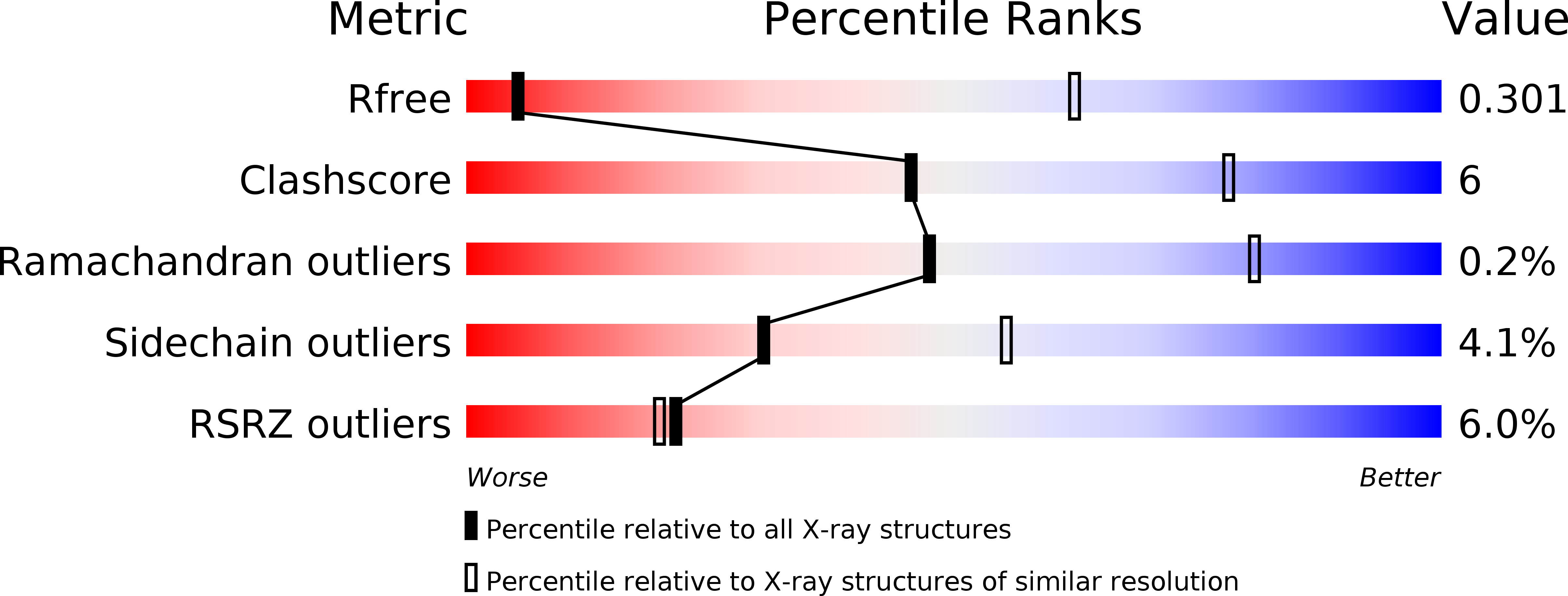
Deposition Date
2010-02-05
Release Date
2014-07-09
Last Version Date
2024-01-10
Entry Detail
PDB ID:
4V5I
Keywords:
Title:
Structure of the Phage P2 Baseplate in its Activated Conformation with Ca
Biological Source:
Source Organism:
LACTOCOCCUS PHAGE P2 (Taxon ID: 254252)
Host Organism:
Method Details:
Experimental Method:
Resolution:
5.46 Å
R-Value Free:
0.29
R-Value Work:
0.29
R-Value Observed:
0.29
Space Group:
P 1 21 1


